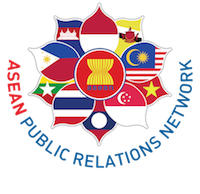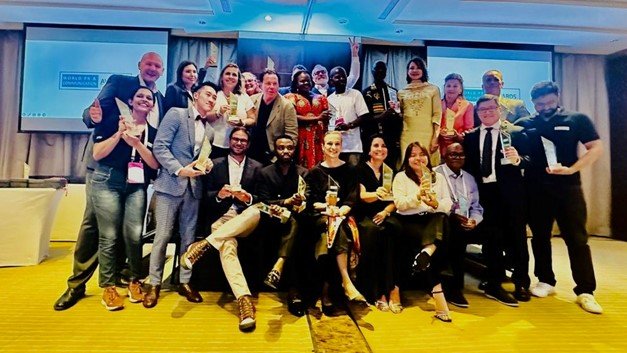By Moe Thuzar*
At the dawn of 2015, the year identified for accomplishing an integrated regional community for members of the Association of Southeast Asian Nations (ASEAN), there is much curiosity about what has been accomplished. The reality on the ground does indicate that 2015 will be another signpost in ASEAN’s quest for regional integration.
2015 is an accelerated date for announcing the ASEAN Community, the original year for its achievement being 2020. While the notion of an integrated region encompasses political, economic, and socio-cultural dimensions, more focus has been on economic matters.
ASEAN’s nascent signs of integration are most visible in economic cooperation. Although this may not be immediately visible to the man on the street, there seems to be a nascent sense of community developing among the younger generation.2
Ultimately, the success of regional integration will be measured by whether the citizens of ASEAN nations feel a sense of participation in the various processes.
*Moe Thuzar is Lead Researcher (Socio-Cultural) at the ASEAN Studies Centre at the Institute of Southeast Asian Studies, Singapore. This paper assesses the ASEAN 2015 process from an integrated standpoint. A shorter version appeared in the Kyoto Review of Southeast Asia (Issue 16, Dec.2014) Young Academic’s Voice Forum.
Sources: ISEAS Perspective (Researcher at the Institute of Southeast Asian studies share their understanding of current events)





